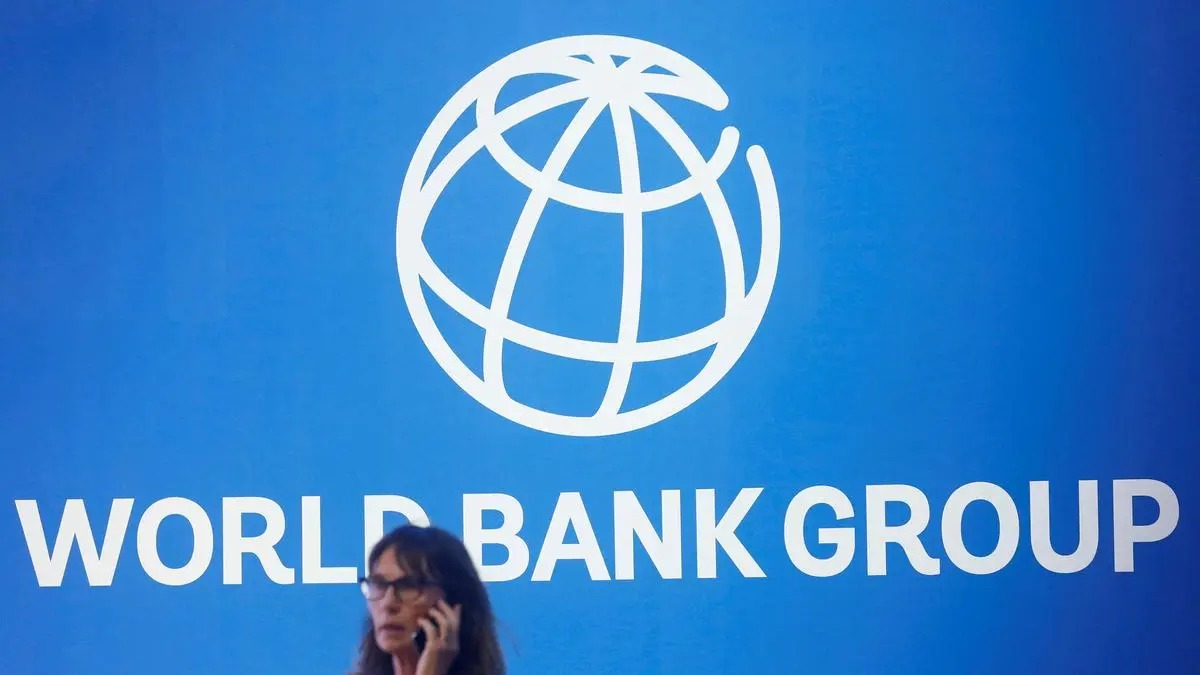The World Bank’s October 2025 South Asia Development Update has drawn scrutiny for relying on economic models and assumptions that no longer reflect the region’s evolving realities. Critics argue the report overlooks structural shifts in labor, technology, and geopolitics, raising questions about its relevance and policy utility.
The World Bank’s latest South Asia Development Update, titled “Jobs, AI, and Trade,” projects regional growth at 6.6% for 2025, slowing to 5.8% in 2026. While the report highlights trade openness and AI adoption as key growth drivers, economists and policy analysts are questioning its foundational assumptions, suggesting it addresses a world that no longer exists.
Key Highlights
- The report assumes a stable global trade environment, yet current geopolitical tensions and protectionist trends challenge this premise
- Labor market projections rely on traditional employment models, ignoring the rapid rise of gig work, automation, and informal sector expansion
- AI is presented as a productivity booster, but the report underplays its disruptive impact on low-skilled jobs and regional inequality
- The update emphasizes tariff reforms and free trade agreements, despite growing skepticism around their short-term benefits in politically volatile contexts
- Climate risks, migration pressures, and digital infrastructure gaps receive limited attention, despite their growing influence on South Asia’s economic trajectory
Major Takeaways
- Critics argue the report’s policy recommendations may misguide governments if they fail to account for post-pandemic structural shifts
- The World Bank’s reliance on legacy datasets and pre-2020 economic baselines has led to a disconnect with on-ground realities
- Analysts call for more dynamic, region-specific modeling that incorporates climate resilience, digital transformation, and socio-political volatility
- The report’s optimistic tone contrasts with rising debt levels, youth unemployment, and uneven recovery across South Asian economies
While the World Bank’s update offers valuable macroeconomic insights, its relevance hinges on adapting to a rapidly changing world. A more nuanced, forward-looking approach may be essential for shaping effective policy responses in South Asia.
Sources: World Bank South Asia Development Update October 2025, ANI News, World Bank Press Release

